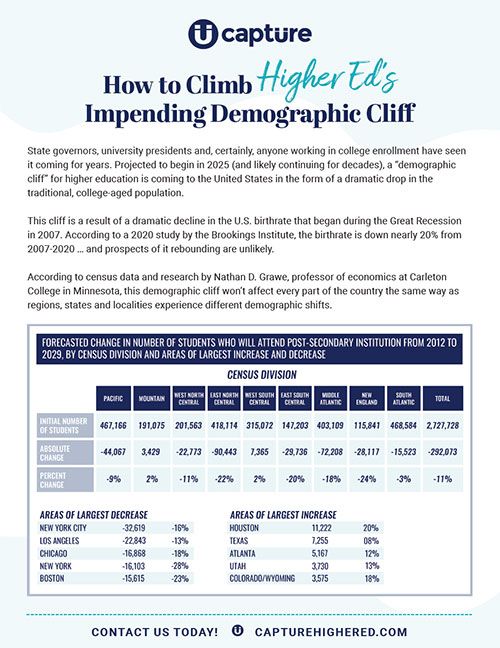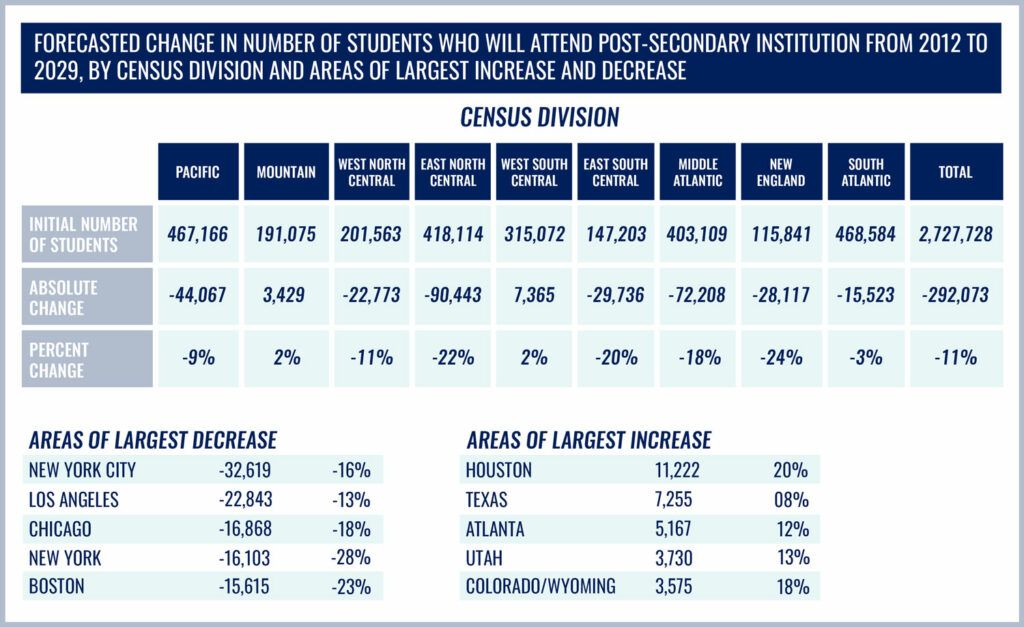State governors, university presidents and, certainly, anyone working in college enrollment have seen it coming for years. Projected to begin in 2025 (and likely continuing for decades), a “demographic cliff” for higher education is coming to the United States in the form of a dramatic drop in the traditional, college-aged population.
This cliff is a result of a dramatic decline in the U.S. birthrate that began during the Great Recession in 2007. According to a 2020 study by the Brookings Institute, the birthrate is down nearly 20% from 2007-2020 … and prospects of it rebounding are unlikely.
According to census data and research by Nathan D. Grawe, professor of economics at Carleton College in Minnesota, this demographic cliff won’t affect every part of the country the same way as regions, states and localities experience different demographic shifts.
College Age Graduating Seniors Projection
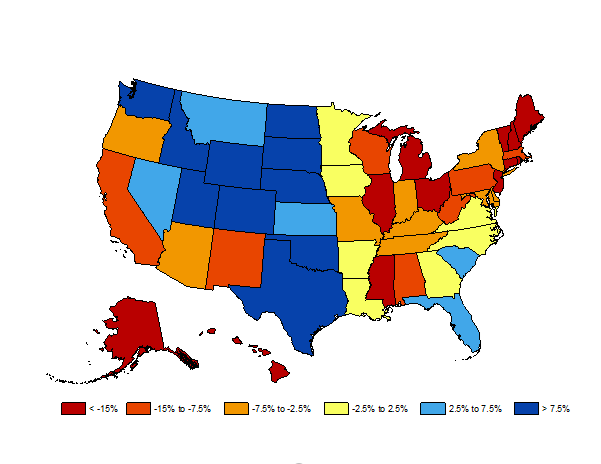
Forecast of Those Who Will Attend a 2-Year School
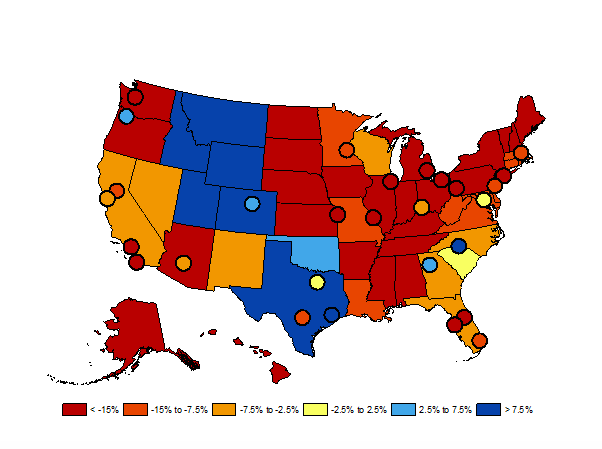
Migration Map
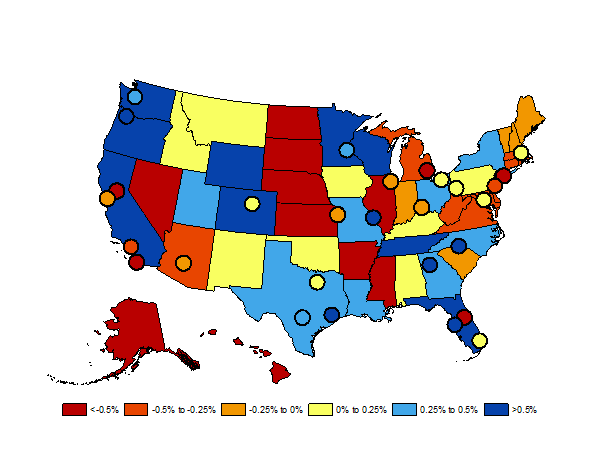
You also can get an idea of where Americans are moving to and from in this report from North American Van lines.
Scaling the Demographic Cliff
In addition to these national and regional demographic shifts, a significant decrease in demand for a college education is only making the cliff higher and steeper for institutions. According to the Higher Education Demand Index, demand for a college education is expected to drop 9% as the population of prospective students simultaneously declines.
So, how do colleges and universities climb or otherwise navigate this looming cliff?
Aside from strengthening their brand, academic offerings, campus life and delivering personalized, yet widely resonant, value propositions, it is vital that they work smarter, not harder, by optimizing their search strategies, utilizing marketing automation, and guiding their efforts through predictive analytics.
Institutions must be laser-focused on their approach to enrollment. This means being a good steward of budget by targeting those prospective students who are most likely to enroll. Universities must make wise choices based upon retention data to invest more in certain types of students when it comes to financial aid. They need to find those pockets of students throughout the country who fit the current and aspiring student body as well as increase their focus on international students while communicating in a timely, relevant and measurable way.
Capture Higher Ed’s leading marketing automation, which was built specifically for higher ed recruitment, helps admissions counselors identify individual students on their website, know what these students want to learn, and deliver timely, personalized messaging that leads to more and better enrollments. It’s part of the best platform of enrollment marketing tools and expert services in the industry — the Behavioral Intelligence Platform.
Capture’s comprehensive, next-level application, financial aid, and enrollment modeling is also on the platform. These are the most accurate, useful, and iterative predictive models in the industry. Finally, Capture’s expert services help universities get the most out of their technology, while maximizing their resources, and welcoming more students who will thrive on their campuses.
By Christopher Harris, Ed.D., Senior Enrollment Strategist, Capture Higher Ed
Fill out the Form Below
We will send you the PDF version for referencing and sharing with your teammates!

